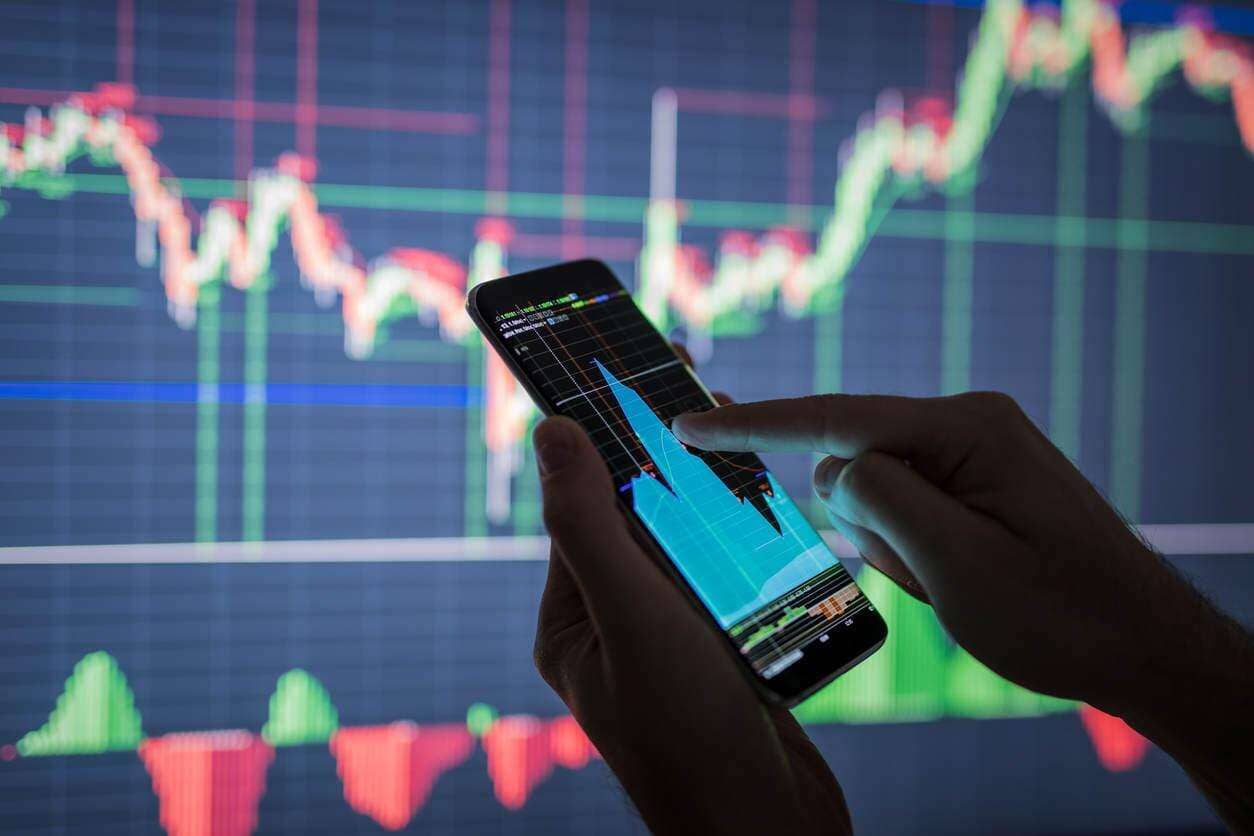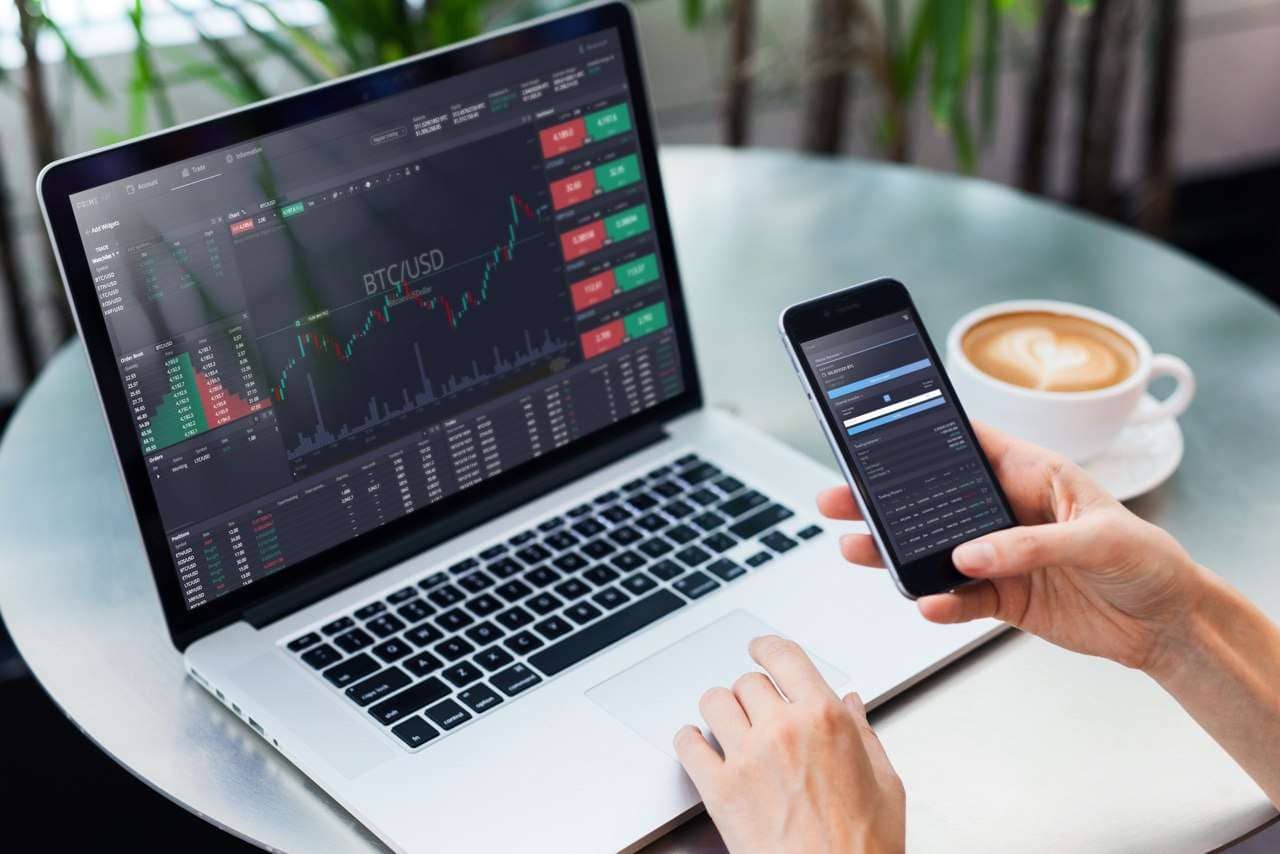Content
- What is a Virtual Legal Officer and How Can They Solve Legal Matters for Digital Nomads?
- THE SMARTEST WAY TO SECURE YOUR CRYPTO
- Add Velas ($VLX) token to your exchange or wallet
- How to create NFT on Velas
- What’s the difference between a decentralized exchange (DEX) and a centralized exchange (CEX)?
- History of Decentralised Exchange
- List of 32 Decentralized Exchanges (DEXs) on Ethereum
In September 2020, Bloomberg said that DeFi made up two-thirds of the cryptocurrency market in terms of price changes and that DeFi collateral levels had reached $9 billion. Ethereum saw a rise in developers during 2020 due to the increased interest in DeFi. Decentralized exchanges tend to focus on executing simple buy and sell orders. As such, users may find advanced trading functions such as stop losses, margin trading, and lending are unavailable on most DEXs.

All features described above make DEXs increasingly popular in developing crypto economies — where reliable banking might not be available. Any user with a smartphone and an Internet connection gets to trade via a DEX. All DEX funds are held in the users’ own wallets; as a result, they are less sensitive to hacks. An example of such an incident is Mt.Gox, which was once the world’s largest cryptocurrency exchange company before it reported the theft of 850,000 bitcoins, leading to its collapse.
What is a Virtual Legal Officer and How Can They Solve Legal Matters for Digital Nomads?
Cryptocurrency wallets must be funded with tokens that exist on the same blockchain as the decentralized exchange application in which they’re engaging, or funds can be lost forever. For example, if a user tries to fund their Ethereum account by sending a Binance Smart Chain token to their Ethereum address, the funds will be types of crypto exchanges lost forever. Most DEXs require that both the assets and the accounts they’re using exist on the same network. Most DEXs charge fees for every transaction, regardless of whether a user is buying or selling. DEXs that use community-funded liquidity pools often reward liquidity providers with a portion of the fee revenue.
Trust would not be an issue when transacting via the DEX because of the smart contract’s nature of being automated in the blockchain. Trading on a DEX is done using smart contracts, liquidity pools and Automated Market Makers , which means no central authority manually validating and processing transactions. Users can access a DEX and place orders any day or time, and every transaction is recorded on the blockchains being used. Decentralized exchanges utilize a set of smart contracts to establish the prices of various cryptocurrencies against each other algorithmically. With sophisticated technology, potentially fewer blockchain security risks, and the ability to self-custody funds, further adoption of decentralized exchanges seems likely. Despite the launch and rise in popularity of numerous DEXs within the past few years, some factors may slow down adoption.
THE SMARTEST WAY TO SECURE YOUR CRYPTO
To trade on a centralized exchange, your funds would need to be located within a specific centralized exchange wallet. With a DEX, you have full custody of your funds and can trade straight from your wallet. DEXs replace the intermediaries you generally find on centralized platforms with smart contracts that self-execute under certain conditions and facilitate the exchange of funds.

Certain Third Party Funds that are available on Titan’s platform are interval funds. Investments in interval funds are highly speculative and subject to a lack of liquidity that is generally available in other types of investments. Actual investment return and principal value is likely to fluctuate and may depreciate in value when redeemed. Liquidity and distributions are not guaranteed, and are subject to availability at the discretion of the Third Party Fund. While DEXes don’t store private keys, hacks and bugs in the code could still put investors’ crypto at risk. Investors may need to create an account and verify their identity to use a CEX.
Add Velas ($VLX) token to your exchange or wallet
Cryptocurrencies and derivative instruments based on cryptocurrencies are complex instruments and come with a high risk of losing money rapidly due to leverage and extreme asset volatility. You should carefully consider whether you fully understand how cryptocurrency trading works and whether you can afford to take the high risk of losing all your invested money. CEXs operate using an order book system, which means that buy and sell orders are listed and sorted by the intended buy or sell price. The matching engine of the exchange then matches buyers and sellers based on the best executable price given the desired lot size.

Airswap is a decentralized exchange that focuses on peer-to-peer trading with zero slippage. On the other hand, even though smart contracts are rules-based, the lack of an intermediary third party means that the user is left to their own, so DEXs are meant for sophisticated investors. CEXs decide which digital asset it will allow trading in, which provides a small measure of comfort that unscrupulous digital https://xcritical.com/ assets may be excluded from the CEX. The most common way of transacting in cryptocurrencies and other digital assets is via a Cryptocurrency Exchange. Screen individuals against a variety of reports (such as sanctions lists, watchlists, etc.) to reduce the risk of fraud, money laundering, and other financial crimes. Build internal processes for when manual review and investigation become necessary.
How to create NFT on Velas
A DEX using an AMM design, however, is much faster because it uses liquidity pools that allow traders to swap tokens, instead of waiting for a specific order to match and execute. The math behind liquidity pools is complex, but the most important thing to know is simply that they allow for simple, fast trading of tokens within a DEX. Unlike a centralized exchange, a DEX uses smart contracts and algorithms as the central authority, relying on the trustless nature of open-source code to reliably execute trades. The largest crypto DEXs had begun to challenge some of the largest centralized exchanges in terms of trading volume by late 2021, according to a report by global accountancy KPMG. Just as exchanges are the largest crypto firms, DEXs are the largest decentralized organizations.
- Decentralized exchanges in operation today require users to connect with them using a cryptocurrency wallet like the software wallet Metamask or a hardware wallet like Trezor.
- Uniswap, SushiSwap, PancakeSwap, Kyber, and Balancer are among the most popular decentralized exchanges today, but there are many alternatives as well.
- However, some DEXes help users create a wallet and add fiat funds to their wallet to get started.
- On Ethereum, the most popular blockchain by far, simply swapping on a DEX can cost upwards of $100 dollars .
- To incentivize more users to add their crypto to liquidity pools, DEXs usually offer a percentage of trading fees, providing a way for people to earn yield on their money that wasn’t previously possible.
- Instead of matching buyers and sellers, AMMs use community-funded liquidity pools to execute buy and sell orders.
30.53% market share – dYdX is a DEX platform that facilitates trading of digital assets with margin. DEX aggregators are trading protocols that channel liquidity from multiple DEXs based on specified requirements. They aren’t dependent solely on traders’ liquidity pools and can raise liquidity efficiently through different avenues.
What’s the difference between a decentralized exchange (DEX) and a centralized exchange (CEX)?
Transactions are settled directly between traders, there is no central authority collecting user data. Oftentimes, centralized exchanges use “Know Your Customer” which requires creating an account with credentials like your name, address, date of birth. Moreover, additional government-issued documentation like photo IDs or similar documents may also need to be presented for verification.
History of Decentralised Exchange
Before Uniswap came along with a working AMM, trading on a DEX was slow, and cryptoassets on the exchange often traded at a premium to the same cryptoasset on a CEX. This is because prior to AMMs, DEXs tried to mimic the way centralized exchanges facilitated trades. The problem is that the methods used by CEXs use techniques that require lots of computation with low latency. Translating the same methods to DEXs meant they were much much slower, and still required some centralization. To make matters worse, the poor experience of early DEXs scared away people from providing their funds to be traded against, which prevented those DEXs from gaining traction and gathering the needed liquidity.